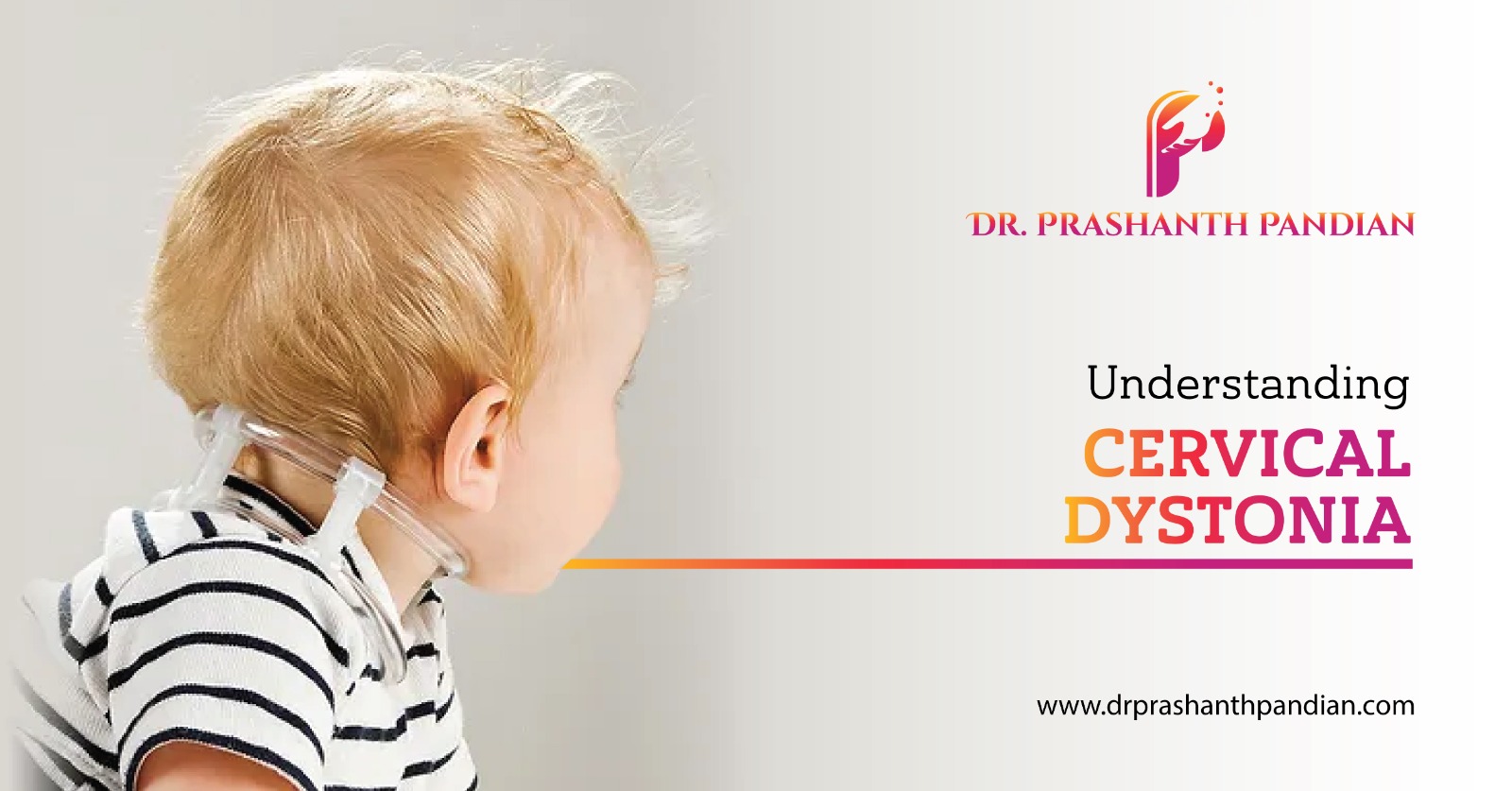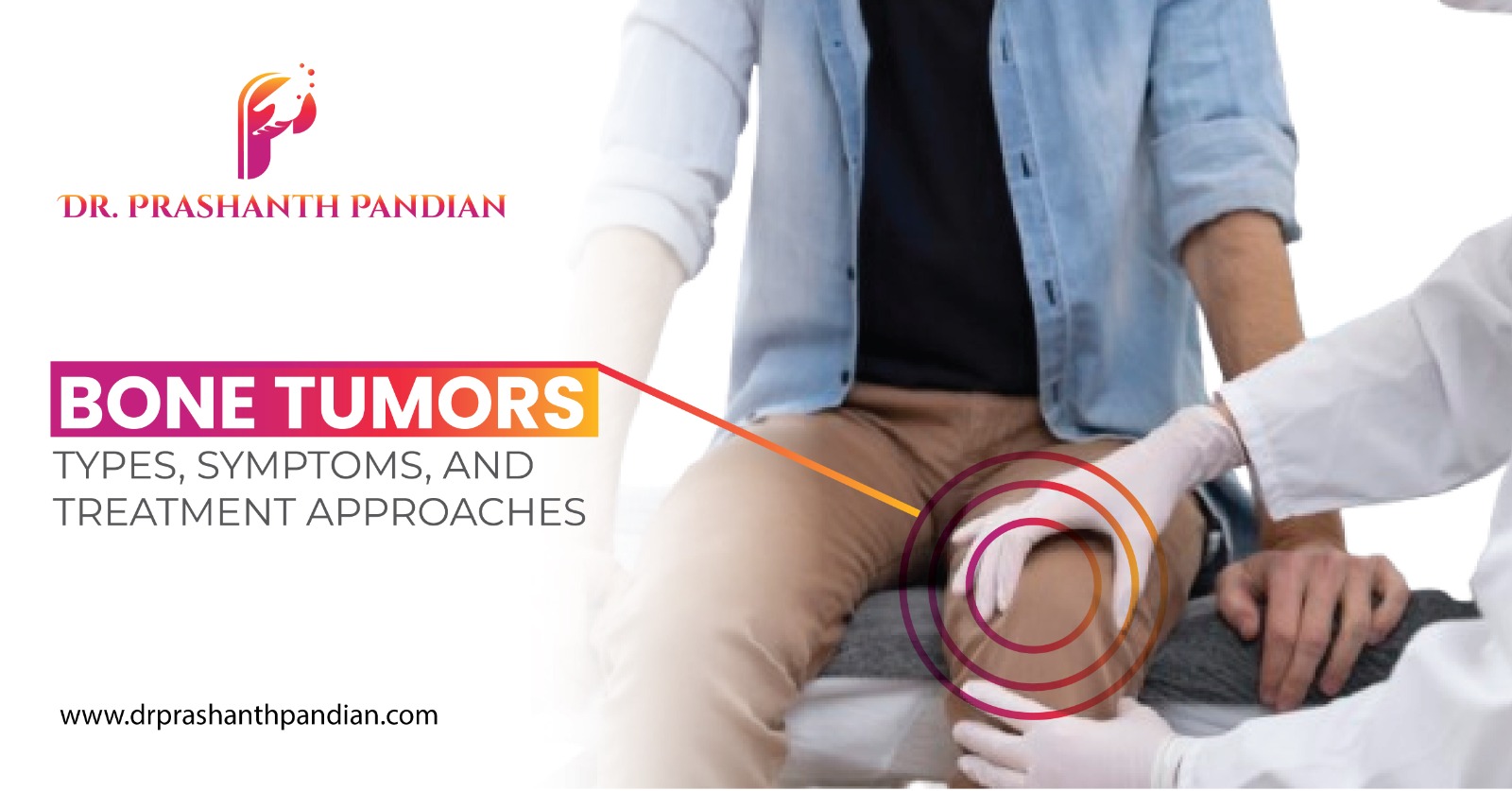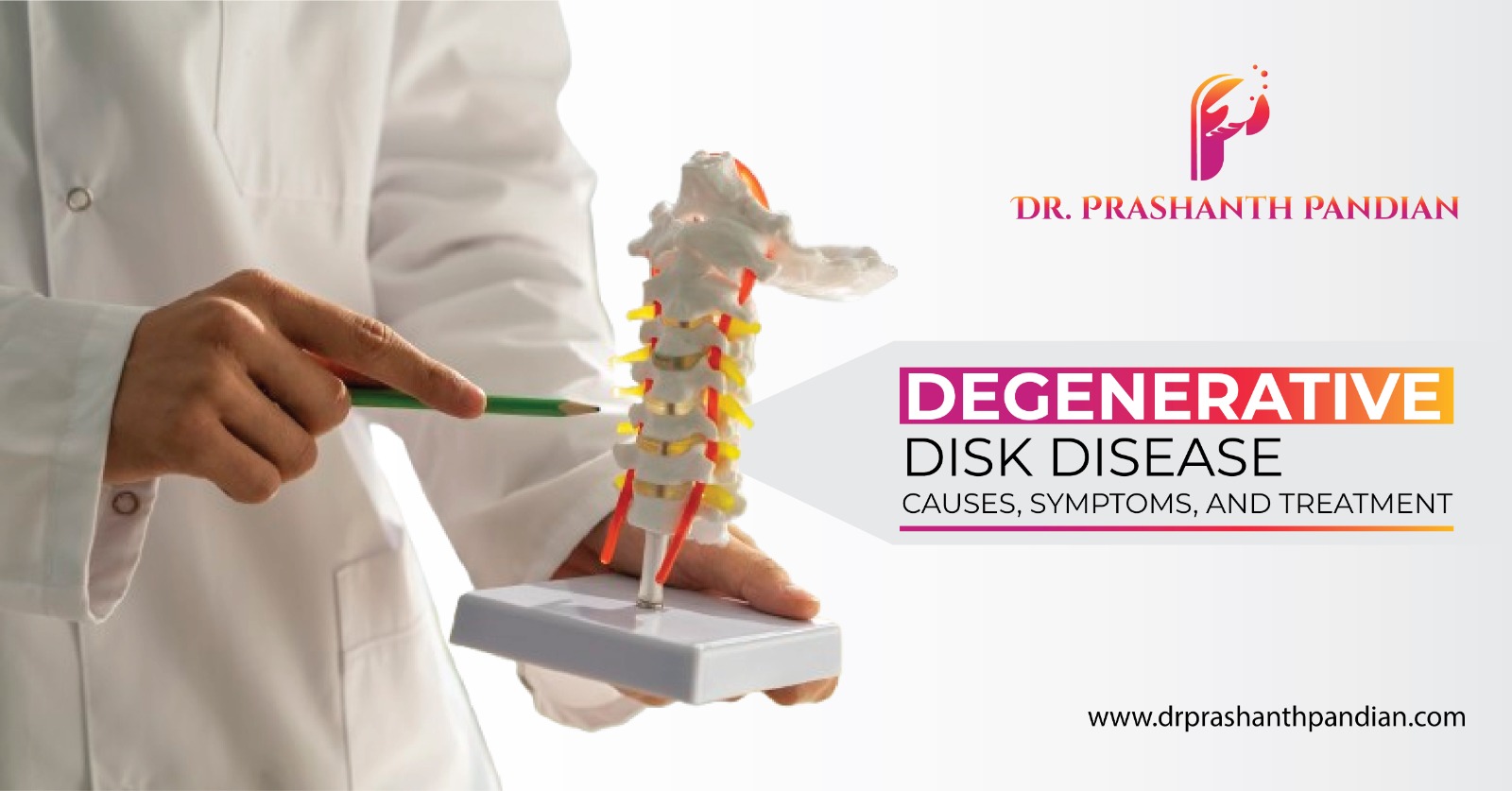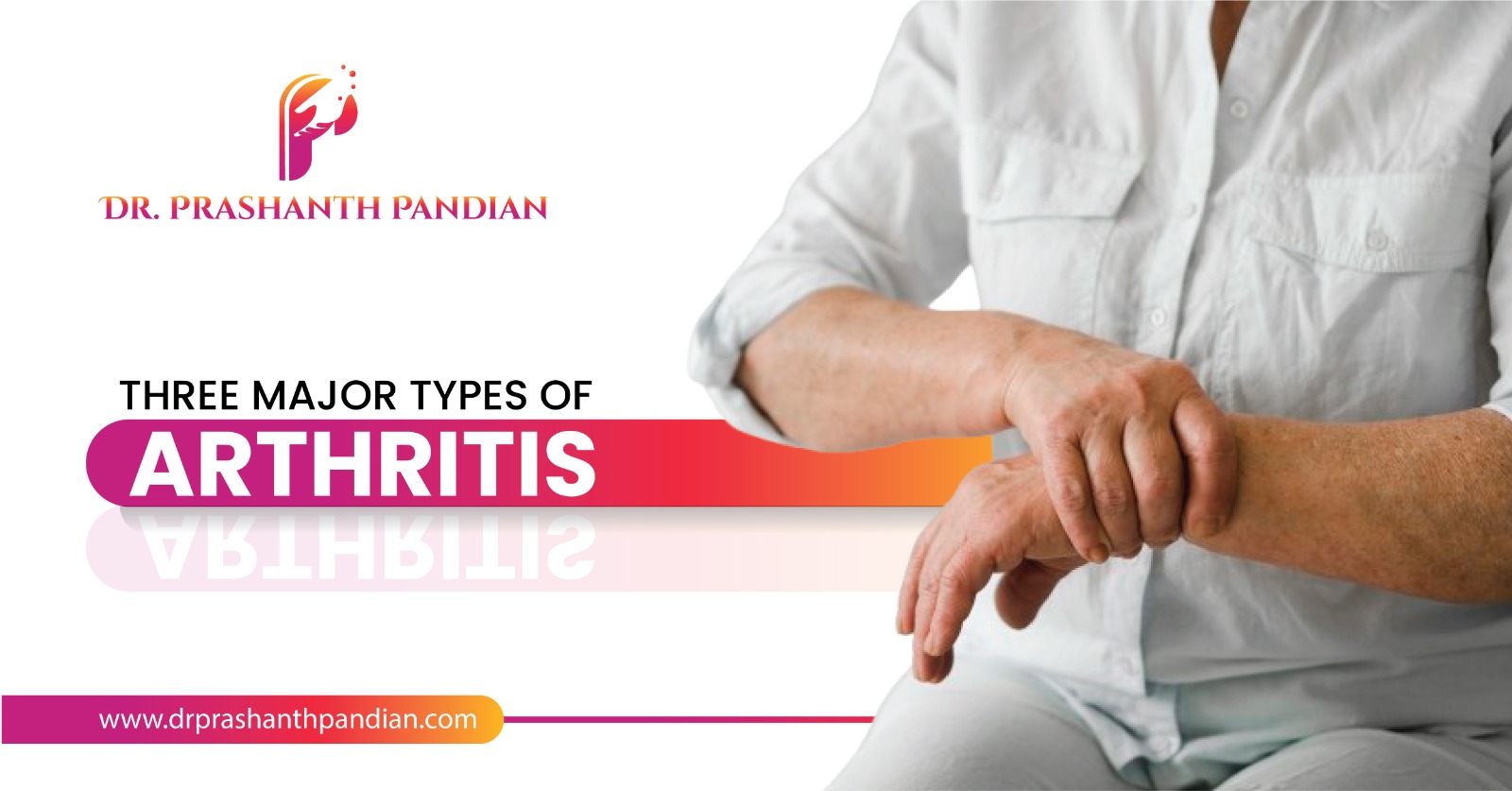Cervical dystonia, also known as spasmodic torticollis, is a painful condition characterized by involuntary muscle contractions in the neck, causing the head to twist or turn in abnormal directions. This rare disorder can occur at any age but is most commonly seen in middle-aged individuals, with a higher prevalence among women.
Symptoms of cervical dystonia vary but often include abnormal head postures such as chin toward shoulder, ear toward shoulder, chin straight up, or chin straight down. These muscle contractions may also lead to neck pain, headaches, and in some cases, jerking motions of the head.
The exact cause of cervical dystonia is often unknown, but genetic factors and a family history of the disorder may increase the risk. Additionally, head, neck, or shoulder injuries have been linked to the development of cervical dystonia in some individuals.
Complications of cervical dystonia may include the spread of involuntary muscle contractions to nearby areas of the body, such as the face, jaw, arms, and trunk. Furthermore, bone spurs may develop, reducing space in the spinal canal and causing symptoms like tingling, numbness, and weakness in the extremities.
Diagnosis of cervical dystonia typically involves a physical examination, although blood tests or MRI scans may be recommended to rule out underlying conditions. While there is no cure for cervical dystonia, treatment focuses on relieving symptoms and improving quality of life.
One common treatment option is the injection of botulinum toxin directly into the affected neck muscles, which can help reduce muscle contractions and improve symptoms for several months. Oral medications with muscle-relaxing effects may also be prescribed to complement botulinum toxin injections.
Various therapies, such as sensory tricks, heat packs, massage, and exercises to improve neck strength and flexibility, can help manage symptoms and reduce the impact of cervical dystonia on daily life. Stress management techniques are also important, as stress can exacerbate symptoms.
In cases where less invasive treatments are ineffective, surgical interventions may be considered. Deep brain stimulation involves sending electrical pulses to interrupt nerve signals causing muscle contractions, while severing nerves carrying contraction signals to affected muscles is another surgical option.
Understanding the causes, symptoms, and treatment options for cervical dystonia is crucial for effectively managing this challenging condition and improving overall well-being in affected individuals.




